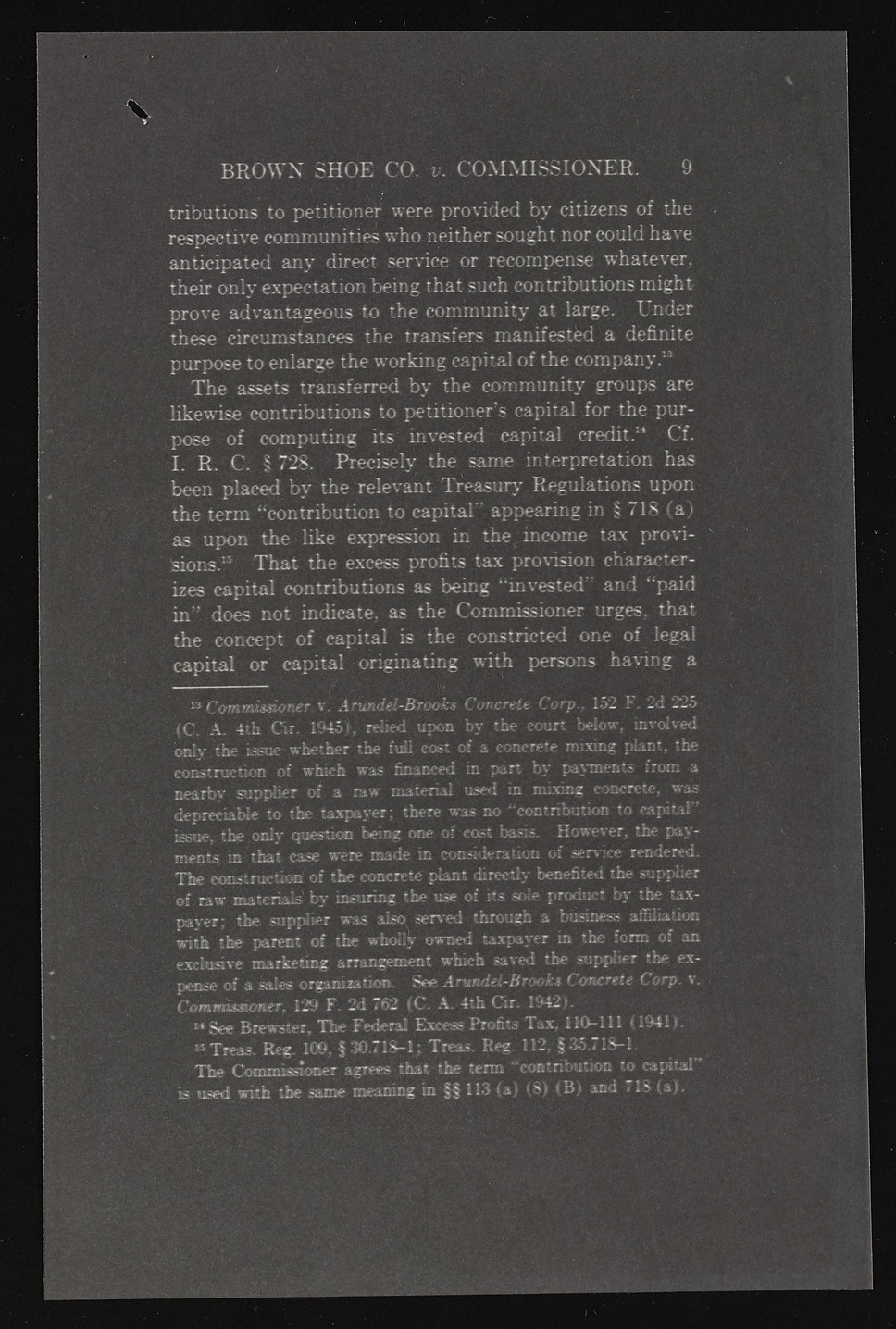Copyright & Fair-use Agreement
UNLV Special Collections provides copies of materials to facilitate private study, scholarship, or research. Material not in the public domain may be used according to fair use of copyrighted materials as defined by copyright law. Please cite us.
Please note that UNLV may not own the copyright to these materials and cannot provide permission to publish or distribute materials when UNLV is not the copyright holder. The user is solely responsible for determining the copyright status of materials and obtaining permission to use material from the copyright holder and for determining whether any permissions relating to any other rights are necessary for the intended use, and for obtaining all required permissions beyond that allowed by fair use.
Read more about our reproduction and use policy.
I agree.Information
Digital ID
Permalink
Details
More Info
Rights
Digital Provenance
Publisher
Transcription
p tributions to petitioner were provided by citizens of the respective communities who neither sought nor could have anticipated any direct service or recompense whatever, their only expectation being that such contributions might prove advantageous to the community at large. Under these circumstances the transfers manifested a definite purpose to enlarge the working capital of the company.13 The assets transferred by the community groups are likewise contributions to petitioner’s capital for the purpose of computing its invested capital credit.1 Cf. I. R. C. § 728. Precisely the same interpretation has been placed by the relevant Treasury* Regulations upon the term “ contribution to capital appearing in 5 718 (a ) as upon the like expression in the ( income tax provisions. 11 That the excess profits tax provision characterizes capital contributions as being “invested” and “paid in” does not indicate, as the Commissioner urges, that the concept of capital is the constricted one of legal capital or capital originating with persons haying a 13 C o m m issio n er v. A rm d e l-B ro o k s C oncrete C o rp ., 152 F. 2d 225 (C. A. 4th Ctr. 19451, relied upon by the court, only the issue whether the full cost of a concrete mibxeilnowg, pliannvto,l vtehde cnoenasrtb ryu ctsiuopnp hoefr wohfi cah rwaaws mfaitnearnicaedl- uisn edp aritn bmiyx ipnagy mceonntcrse tfe,r owma sa depreciable to the taxpayer; there was no “contribution to capital” imsesnuet,s tihne tohnalty cqausees twieorn eb emiandge o nine coofn csoisdte rbaatsiiosn. ofH osweervviecre, rtehned epraedy.The construction of the concrete plant directly benefited the supplier of raw materials'- by insuring the use of its sole product by the taxpayer ‘ the supplier was also served through a business- atnixation ewxictlhu stihvee mpaarreknett inofg tahrer awnhgoelmleyn to wwnheidc ht asxapvaeyde rt hien stuhpep hfeorr mt hoef eaxnpense of a sales organization. See A rttn d el-B ro o k * C on crete C o rp . v. Cotm« gjoexea rB.roenwesrt. e1r2,9 T Fh.e 2Fde d7efri2a l1 CE.x cAe.s s4 tPrho fCiitrs. T1a9x4,2) 1.1 0-1 111 194 i f. » Tress. Reg. 109, §30.718-1; Treas Reg. 112, §35718-1 The Commissioner agrees that the term “contribution to capital” is used with the same meaning in §§ 113 (a) (8) IBs and < 18 (a). BROWN SHOE CO. | COMMISSIONER. 9

